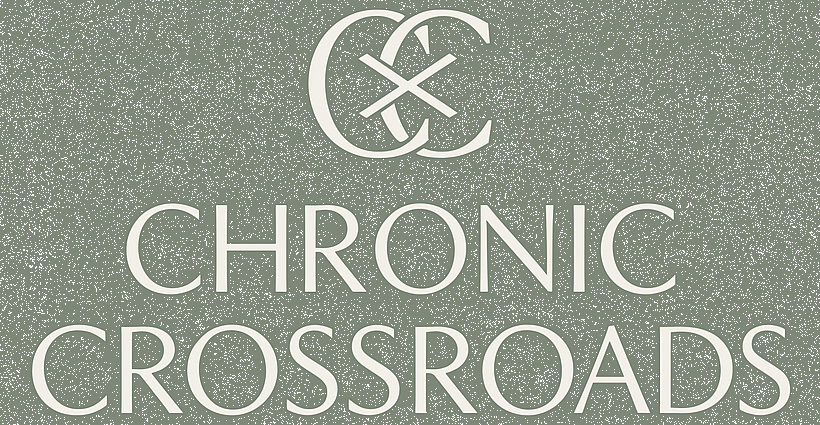Question: What Do You Do When Food Is Your Enemy?
The other day, I typed into Google: “What do you do when food is your enemy?”
What I got back became the inspiration for this short rant of a blog post:
Helpline numbers.
As if the only reason food could ever feel like an enemy is because of an eating disorder. Nope! I don’t have anorexia or bulimia. I have five chronic illnesses.
Food is my enemy because it hurts me. Because every bite is a risk. Because things that are supposed to nourish me can knock me flat for days. Because I can’t just sit down at a restaurant and order whatever I want. Because eating — something so normal for everyone else, something necessary for life — is a minefield for me. Food is not my friend. Food is not a comfort. It isn’t a social experience for me.
I have an adversarial relationship with food, and there isn’t a darn thing I can do about it. There aren’t any “life hacks” or “big brain ideas” to make it all go away. The only answer is keeping a tiny list of foods my body doesn’t punish me for eating (maybe). It’s eating the same thing over and over because it’s safe (maybe). Because yes, sometimes even the “safe foods” fight back.
Survival means giving up on the idea that food is joy and accepting that, for me, food is fuel. Period.
So what do you do when food is your enemy? You stop looking for neat little answers from Google and you start carving out your own survival plan.
ANSWER: THE FOOD-AS-FUEL MINDSET
The stages of grief don’t just apply to the loss of a loved one. They also apply to life with chronic illness — especially food battles.
Denial – “I don’t think it was the <insert offending food>. I was probably coming down with something.” No one wants to believe their onetime favorite food now makes them deathly ill.
Anger – “#*&@!! It’s not fair! I’ve been eating this for years!” It feels like betrayal every time the list of safe foods shrinks.
Bargaining – “What if I just eat it once a week instead of every day?” You keep your fingers crossed in the hope that a tiny bit won’t make you sick, or at least as sick.
Depression – “What’s the point? They should just stick a tube in me.” You eat plain, tasteless ‘safe’ food because ‘that’s my life now’ and ‘it doesn’t matter’. You spend a lot of time missing the foods you used to eat and sometimes crying about it.
Acceptance – “What if I try…” You start looking at your safe food list with a creative eye instead of a punitive one. You realize a drop of this and a dash of that (safe list approved, of course) can dress up a dish. You find nine different ways to make eggs and four different ways to serve them. You learn that courgette has mad versatility. You become a whiz at rice-forward dishes. You discover how far a single drop of sesame oil can go.
If you’re new to this, it’s okay if you’re stuck in the anger or depression stage right now. Acceptance doesn’t happen overnight, but it does come with time. It’s important to let yourself grieve the loss of “normal”… and then keep going. At the end of the day, even if food feels like the enemy, I still need it to stay alive.
Food-as-fuel changes how I look at everything on my plate. For example, I have to take a multivitamin because sometimes my food variety is too limited to get all the nutrients I need from what I’m able to eat.
You learn to listen to your body: “Today isn’t a good day to eat that oat-flax wrap. Maybe tomorrow or the next day will be better.” That’s one of the hardest lessons I’ve learned — not every safe food is safe every day.
Fighting smart means I don’t waste energy chasing “normal.” I don’t scroll recipes or buy into miracle “fix-your-gut” diets. I pay attention to what actually works in my body, even if it looks boring or limited from the outside. Then I create my own recipes.
I rotate through the same meals because predictability is safer than gambling on variety. I treat my short list of safe foods like allies — not failures, not compromises, but the reason I can get through my day without collapsing. That perspective shift keeps me from feeling deprived, even when my menu looks repetitive. If you’re curious, here’s my Safe Foods List, which is what I use to build those rotations.
It also means I test new foods on my timeline, not when other people think I should. For me, that usually means only testing something new on a day when my gut feels calm, and never two days in a row. If I feel strong, maybe I’ll try something different. If I’m already in survival mode, the experiment can wait.
I don’t have to win every battle; I just have to keep going. And as long as I keep showing up with my fork in hand, food may be the enemy, but I’m still alive to fight.
And maybe now, if someone else Googles, “What do you do when food is your enemy?”, something besides helpline numbers will come up.
Let’s Talk: How Do You Navigate Food and Chronic Illness?
I’d love to hear how you navigate meals with chronic illness. Something you do could help me or someone else. Drop your thoughts below and let’s get a conversation going.

